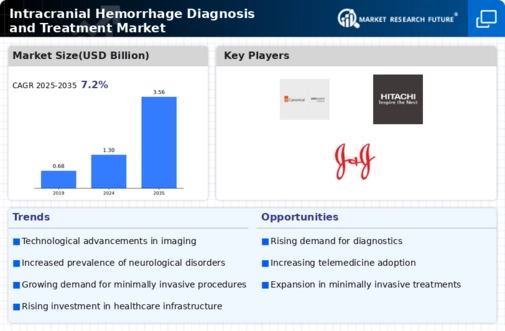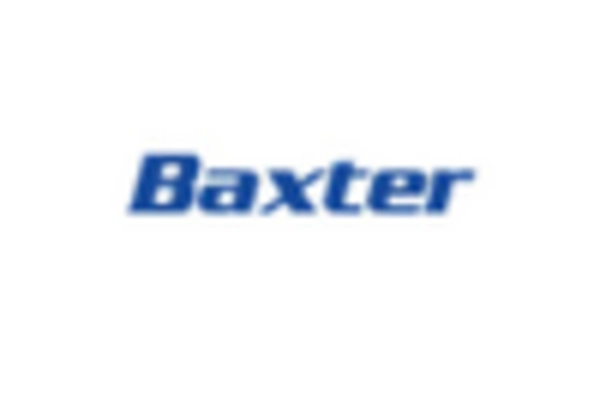Market Trends
Key Emerging Trends in the Intracranial Hemorrhage Diagnosis and Treatment Market
A significant number of individuals are facing challenges related to brain cancer, aneurysms, and similar health conditions. The complexity of the situation is highlighted by the existence of more than 120 different types of primary brain and central nervous system (CNS) tumors. The growing population affected by brain cancer is expected to lead to an increased demand for diagnostic and surgical services, ultimately contributing to the expansion of the global market.
In India, brain and central nervous system tumors rank as the second most common cancers among children, constituting approximately 26% of childhood cancer cases, according to the National Health Portal. The sheer number of patients grappling with brain tumors and malignant cancers underscores the necessity for effective medications to enhance survival rates and alleviate associated pain. To illustrate, a report titled "Cancer Survival by Stage at Diagnosis for England, 2019" revealed a 40% survival rate for all types of malignant brain tumors within the first year, with 10% of patients surviving beyond 5 years. The United States is expected to witness around 23,890 new cases of malignant brain or spinal cord tumors in 2020, as estimated by The American Cancer Society.
Annually, numerous patients undergo critical surgical procedures aimed at addressing various brain-related conditions, including congenital birth defects, internal bleeding, blood clots, epidural abnormalities, edema, and infections affecting the cranium. However, these surgeries come with potential complications that may exacerbate the treatment process, leading to the eruption of blood in the cerebroventricular system and triggering hemorrhages. A specific concern is the occurrence of brain aneurysms, where the weakening of blood vessel walls can result in leakage or rupture, leading to bleeding into the brain, known as a hemorrhagic stroke. According to the Brain Aneurysm Foundation, approximately 6.5 million people in the United States are estimated to have an unruptured brain aneurysm, equating to 1 in 50 individuals.
The escalating number of individuals grappling with brain cancer and related conditions has significantly driven the growth of the global market for intracranial hemorrhage diagnosis and treatment. This underscores the pressing need for advancements in medical interventions, diagnostics, and surgical techniques to effectively address the multifaceted challenges presented by these intricate health issues. As the healthcare landscape continues to evolve, efforts to enhance treatment outcomes and alleviate the burden on patients facing brain-related conditions remain crucial. The collaborative endeavors of medical professionals, researchers, and healthcare providers are pivotal in advancing solutions that can positively impact the lives of those affected by these complex health issues.

















Leave a Comment